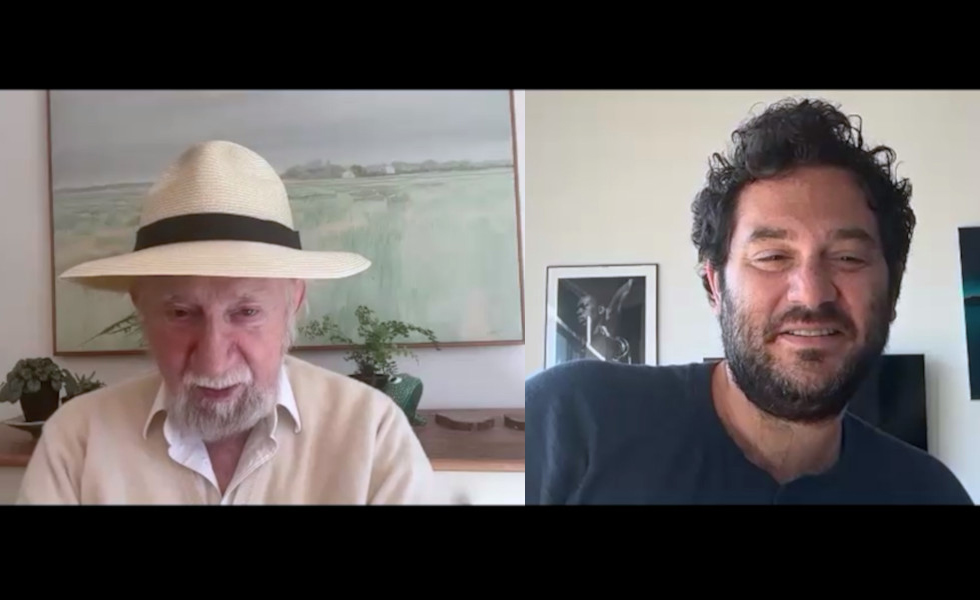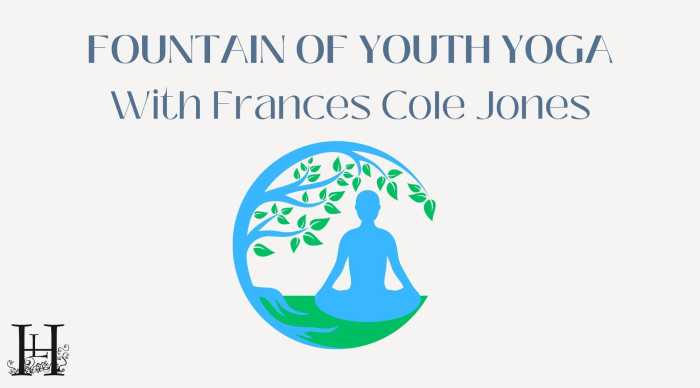Evelyn Alexander Wildlife: A Miracle Seagull from Montauk

After nearly a month of care, the rehabilitation team at the Evelyn Alexander Wildlife Rescue Center (EAWRC) celebrated the release of one particularly interesting patient, a black-backed gull affectionately known as “Stinky.”
Back in October, Stinky was found trapped inside a hollow metal piling at a commercial dock in Montauk. The structure, designed to support the dock, had unfortunately become a dangerous trap for wildlife.
“He was found inside one of those metal pilings,” said Kathleen Mulcahy, executive director and Licensed Wildlife Rehabilitator at the EAWRC. “They’re filled with clams, debris, and sadly, many dead birds, especially gulls. When the rescuers pulled him out, they didn’t think he’d make it. He was cold, filthy, and smelled awful, and that’s how he got his name.”
The rescue, led by EAWRC’s Christine Saar, development director and licensed wildlife rehabilitator, along with rescuers Mike Martinsen, Dave Aripotch, and Valinda Valcich, was no small task. The gull had likely been trapped for several days, partially submerged in cold, stagnant water and unable to escape. When he finally arrived at the EAWRC, his feathers were severely damaged, his waterproofing was gone, and a fishing hook had pierced his wing.
“He was exhausted,” Mulcahy recalled. “Christine drove him from Montauk to Hampton Bays, the smell filled the car. But we could see that underneath all that grime, there was fight in him.”
That fight carried Stinky through weeks of rehabilitation and treatment. The hospital team, led by Animal Care Technician Grace DeNatale and Senior Animal Care Technician Jessica Chiarello, carefully cleaned and treated his injuries. Feather waterproofing is essential for seabirds like gulls, allowing them to float and stay insulated in frigid waters. Without it, a bird can quickly become hypothermic or drown.
The two spent countless hours bathing and blow-drying Stinky to remove oils and grime so his feathers could regain their natural waterproof barrier.
“He was a miracle,” Mulcahy said. “At one point, we were washing him and finally noticed that the water was finally running off his feathers again, and that’s when we knew he had his waterproofing back. It was such a special moment.”
Once his health stabilized, Stinky was transferred to the EAWRC’s newly renovated waterfall pens, a space designed to mimic natural shorelines and give aquatic birds room to swim and strengthen their muscles. Volunteers Gina and Rosa helped revamp the enclosures earlier this year, turning them into what Mulcahy jokingly calls “spa treatments for birds.”
The black-backed gull, often seen soaring along Long Island’s coastlines, is one of the region’s largest seabirds. With wingspans reaching up to five feet, they’re powerful fliers and skilled scavengers, known for their sharp eyes and commanding presence. Though some may overlook them as “common gulls,” they play an important ecological role cleaning up dead fish and organic waste that could otherwise harm marine environments. Yet their proximity to humans and infrastructure often puts them at risk of fishing line entanglements, hook injuries, and pollution, as the case for Stinky.
After several weeks of care, the day finally came for Stinky to return to the wild. Staff and volunteers gathered to watch as his crate opened near the water’s edge.
“It’s one of those releases you don’t forget,” Mulcahy said with a smile, “it was a miracle considering the state he was in.”
Every year, wildlife centers across the country treat thousands of birds harmed by human-made structures and fishing gear. Metal pilings, uncovered pipes, and discarded hooks are silent hazards, but ones that can be easily prevented. A simple cap on a piling, a cleaned-up dock, or properly disposed fishing line can mean the difference between life and death for coastal birds.
As Stinky returns to his home along the shoreline, rehabilitators at the Evelyn Alexander Wildlife Center urge his rescue will remind anglers, boaters, and waterfront property owners to take small but meaningful steps to protect wildlife. These birds depend on us to do better. Stinky’s story could have ended in that piling, but because people cared enough to act, he got his second chance many other birds don’t get.
The Evelyn Alexander Wildlife Rescue Center is located at 228 West Montauk Highway, Hampton Bays. It can be reached at 631-728-4200, and animal emergencies can be reported at 631-728-WILD (9453). The center is open 9 a.m.–5 p.m. seven days a week. Visit wildliferescuecenter.org for more information.









